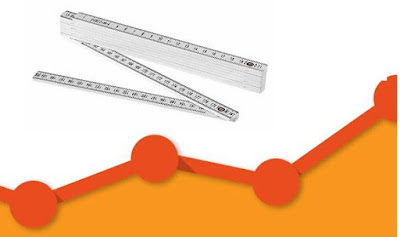That is what happened to me with the Live Earthquake Shiny App. A few months ago, as part of the JHU Data Science Specialization course, I was tasked to build a data product demo using the shiny package in R. I'd already had some experience with shiny, but this time I wanted to build an app showing real-time data. Something people would like to monitor regularly and see if something special happened during the last couple of days.
I am not at all an expert on earthquakes, but I thought this would make a great use case for a real-time data visualization. And now, every time I hear from the news of a new earthquake episode I go to double check it in my app and see what else is going on.
The app does the following:
- Retrieve the latest version of data available from USGS website. Data comes in a .csv file and reports quakes for the past 7 days (check the exact URL in the R code).
- Subset the dataset in case the user chooses to see only data from yesterday.
- Plot earthquake data on a world map using the leaflet library.
- Calculate a few basic metrics like max and number of occurrences.
- Force a manual refresh of data if the user press the button “Update Data”.
Here is a snapshot of the app. You can use the app here in shinyapps.io server.
Also you check out the code here.
If you click on each circle some basic info about the quake are shown: place, time, magnitude and depth. Circles colors are based on the magnitude (the darker the stronger). If you wonder how I classified them from minor to strong below is the scale I used:
Hope you'll have a chance to explore it! Enjoy.



